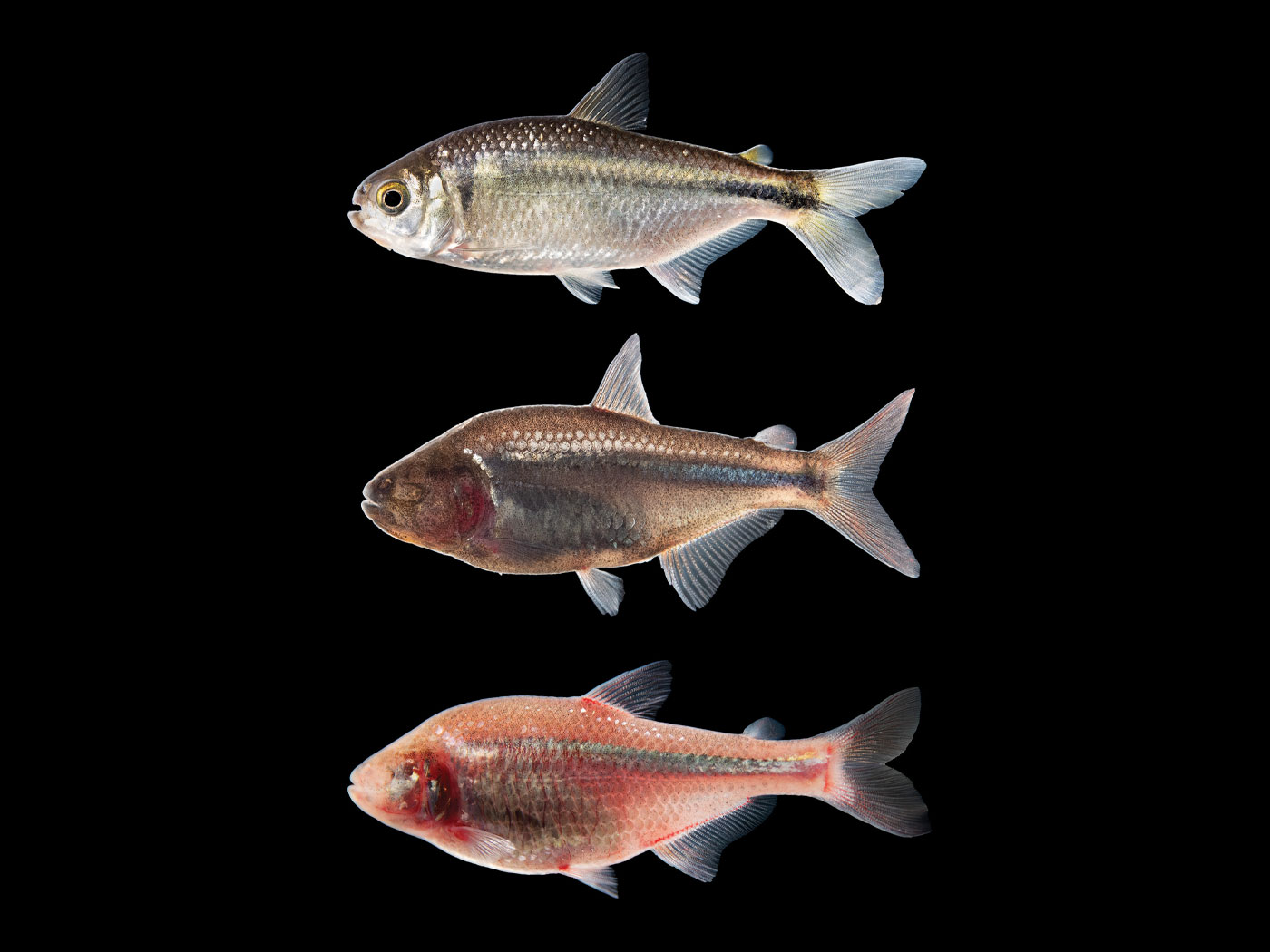 Do pointed questions help people think? Good questions can make them curious and open their minds to things they might not have considered. When people express doubts about the truth of the Bible, asking the right questions can help guide them toward the right answers—biblical answers.1
Do pointed questions help people think? Good questions can make them curious and open their minds to things they might not have considered. When people express doubts about the truth of the Bible, asking the right questions can help guide them toward the right answers—biblical answers.1
Consider how God Himself often used questions to help humans think about important matters and look at their real motivations. Immediately after Adam sinned—with help from his helpmate—God asked a series of questions:
Then the LORD God called to Adam and said to him, “Where are you?” So he said, “I heard Your voice in the garden, and I was afraid because I was naked; and I hid myself.” And He said, “Who told you that you were naked? Have you eaten from the tree of which I commanded you that you should not eat?” Then the man said, “The woman whom You gave to be with me, she gave me of the tree, and I ate.” And the LORD God said to the woman, “What is this you have done?”2
Obviously, God knew the answer to every question He posed to Adam and Eve, so God wasn’t seeking unknown information. So, why did He use questions?
Questions hold us in suspense until we find what we believe are good answers, so questions can motivate us to think about and learn specific information in a manner that’s engaging and almost automatic. Questions are great educational tools because they prompt us to recognize facts on particular topics. When we hear a question on a subject important or interesting to us, we want to know the answer.
Questions are great educational tools because they prompt us to recognize facts. ![]()
Consider a few questions asked by the Lord Jesus Christ to guide and direct the thinking of His hearers:
“Which of you convicts Me of sin? And if I tell the truth, why do you not believe Me?”3
“For if you believed Moses, you would believe Me; for he wrote about Me. But if you do not believe his writings, how will you believe My words?”4
When Jesus had raised Himself up and saw no one but the woman, He said to her, “Woman, where are those accusers of yours? Has no one condemned you?”5
Accordingly, asking questions can be very helpful in apologetics-oriented conversations. Consider how these questions invite, if not trigger, analytical thinking:
Why are the evolutionists’ anticipated “missing links” still missing?6
Why do Darwinists use the term “natural selection” to refer to creatures’ interactions with their nonliving geophysical environment—something that cannot think or make the kind of value judgments indispensable to any kind of “selection”?7
Why does the real-world ice-core layer data fit the biblical record regarding Earth’s climate history, yet it clashes with the uniformitarian (evolutionist) assumptions about Earth’s history?8
Why do evolutionists continue to use such discredited ideas as vestigial organs and Haeckel’s “recapitulating” embryos?9
Why were evolutionists so easily fooled by the Piltdown Man hoax?10
Why do we need reliable witnesses to know about unique events of Earth’s past such as creation week events or the global Flood?11
Leading questions like these can guide discussions with those who question—as well as those who might not have been paying enough attention to have a question—ultimately pointing those with “ears to hear” in the right direction and aiming natural curiosity toward relevant truth.
Can you think of some questions that can point thinking people toward the right answers? ![]()
Can you think of some questions that can point thinking people toward the right answers?
References
- Not all questions are good questions, as Genesis 3:1 illustrates because Satan’s first question in the Garden of Eden was used to imply that God’s Word was untrustworthy.
- Genesis 3:9-13.
- John 8:46.
- John 5:46-47.
- John 8:10.
- Morris, J. 2006. What’s a Missing Link? Acts & Facts. 35 (4); Johnson, J. J. S. 2008. The Evidence of Nothing: The Silent Witness of Evolution’s Missing Links. Acts & Facts. 37 (4): 4-5.
- Guliuzza, R. J. 2012. Darwin’s Sacred Imposter: Answering Questions about the Fallacy of Natural Selection. Acts & Facts. 41 (2): 12-15.
- Hebert, J. 2016. Milankovitch Meltdown: Toppling an Iconic Old-Earth Argument, Part 2. Acts & Facts. 45 (12): 10-13.
- Guliuzza, R. J. 2016. Major Evolutionary Blunders: Our Useful Appendix—Evidence of Design, Not Evolution. Acts & Facts. 45 (2): 12-14; Guliuzza, R. J. 2016. Major Evolutionary Blunders: Haeckel’s Embryos Born of Evolutionary Imagination. Acts & Facts. 45 (11): 16-18.
- Guliuzza, R. J. 2015. Major Evolutionary Blunders: The Imaginary Piltdown Man. Acts & Facts. 44 (12): 12-14.
- Johnson, J. J. S. Mystick Mystery: Scientists Investigate Connecticut’s Pequot War Battlefield. Answers in Genesis. Posted at answersingenesis.org July 8, 2015, accessed July 3, 2017.
* Dr. Johnson is Associate Professor of Apologetics and Chief Academic Officer at the Institute for Creation Research.
















